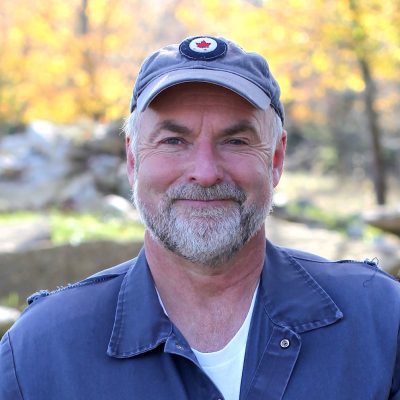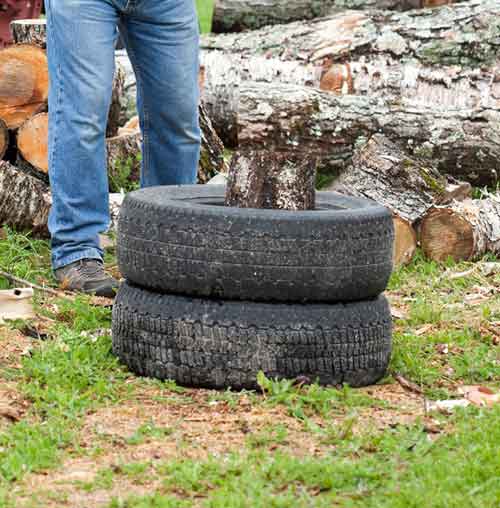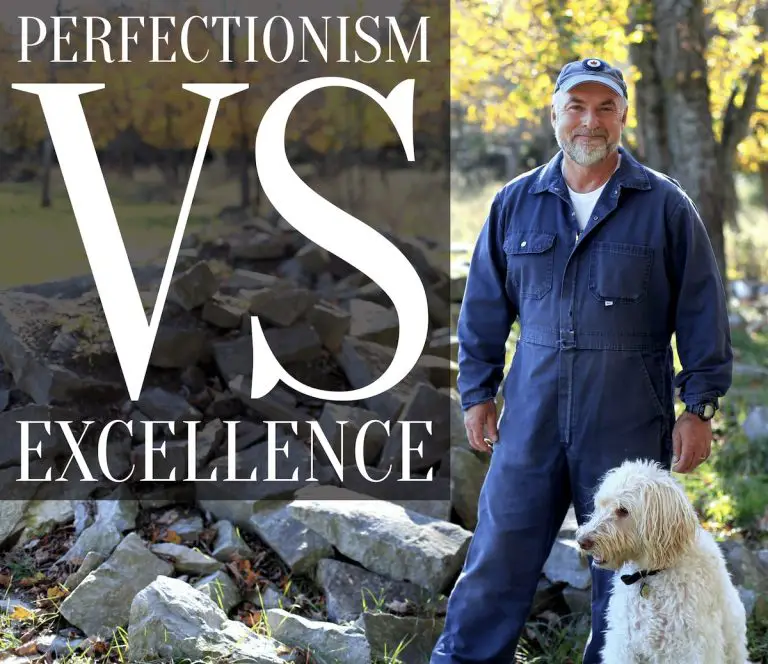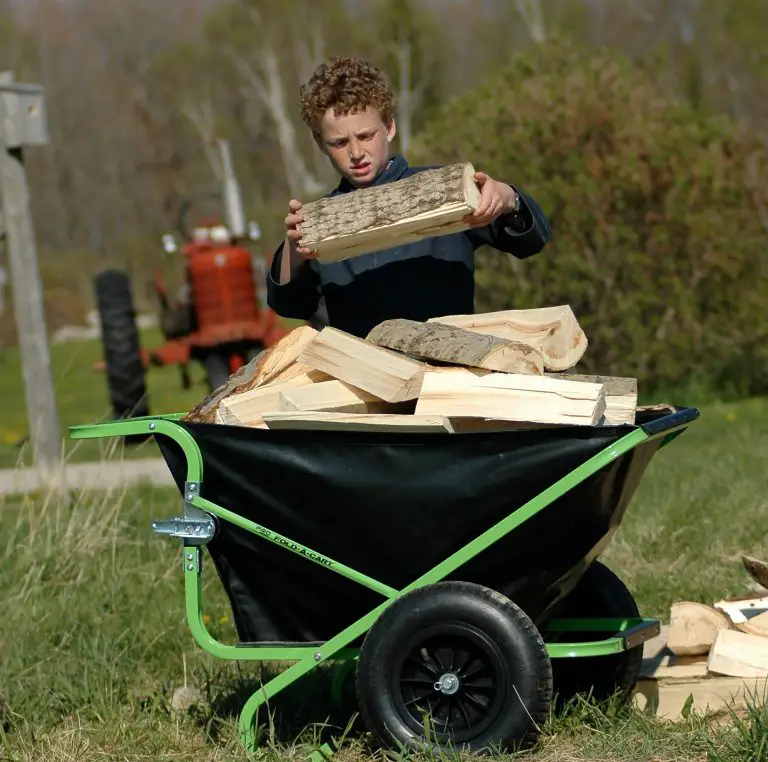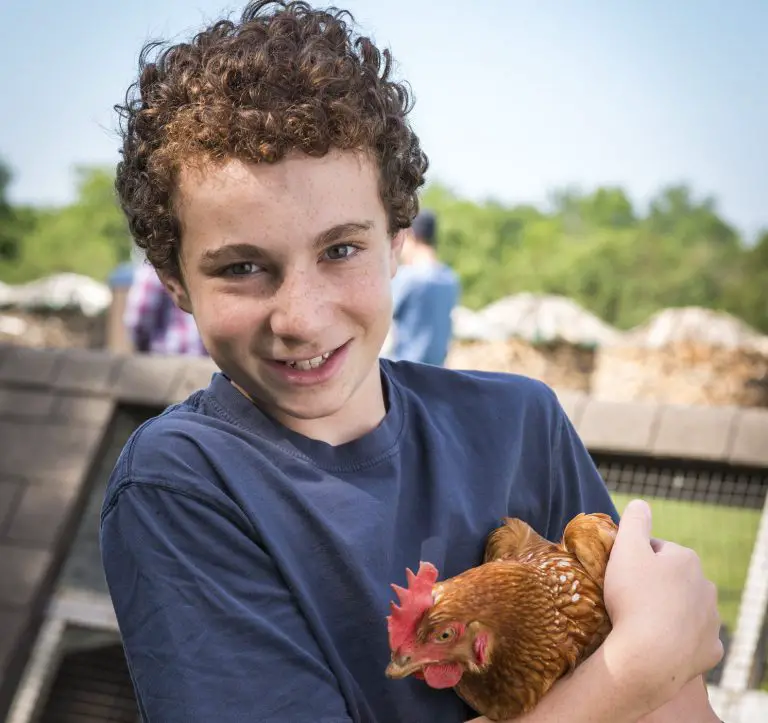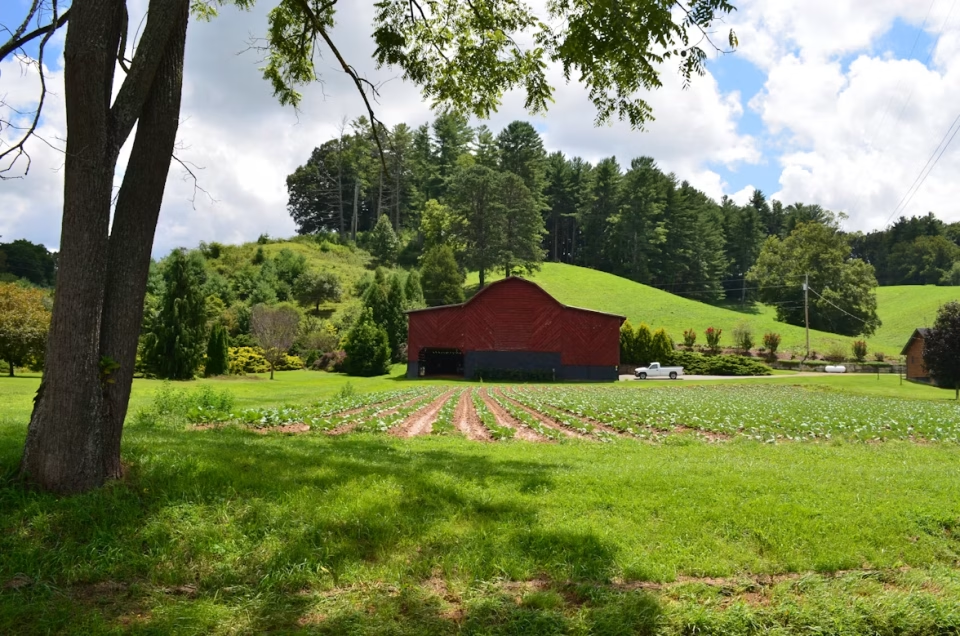
Just like the old musical classics stay evergreen, so do traditions. We can attest to this fact by observing the Canadian comeback to homesteading.
Many families are embracing this lifestyle to rid themselves of the precariousness of urban living. If you’ve been a homesteader for some time, you have first-hand experience of the benefits. However, the mountaintops often lead to low valleys where we may question our original decision.
Can you relate? If you’re stuck in a homesteading rut, it’s time to do some things differently. This article will discuss five practical ways to rekindle the joy of homesteading. Apply them now before you lose all zeal for a lifestyle that many crave but only a few get to experience.
Reconnect With Your Why
They say the beginning is always the hardest. While that is true, equally so is the fact that one’s motivation levels are usually the strongest in the beginning.
Many homesteaders have had to make tremendous sacrifices to embrace a self-sufficient lifestyle. Some ditched higher-paying jobs in the city, whereas others were willing to forego a life of luxury.
Down the line, it’s natural to become disillusioned, perhaps due to struggles with manual labor or finances. Start by sitting down to evaluate your current mental state in light of the original decision to relocate. This will help you identify why you’ve lost your former joy in homesteading.
Now, think about the reasons you decided to choose this lifestyle in the first place. Was it the self-sufficiency that drew you in, or the opportunity to stay close to nature? Perhaps you were attracted to the slow-living aspects of homesteading. Whatever they are, write them down.
Compare your current struggles with the aforementioned reasons. In most cases, the struggles are worth the benefits of homesteading. Create a vision board with quotes and photos for inspiration. To avoid throwing in the towel, consider simplifying your daily life.
In other words, reconnect with your why by letting go of all the pressure. Start small and take up just one task you enjoy doing. It could be as simple as baking bread. You can gradually build your list to include more complex tasks.
Let a Thing or Two Go
The process of simplification that we just discussed can be practiced on a much larger scale, too. Sometimes, we feel burnt out because we’re aiming at unrealistic goals.
Keep in mind that everybody’s capacity in terms of physical ability, time, resources, etc., is different. You may know a homesteading family that is raising livestock, growing multiple crops this season, preserving food, and preparing herbal remedies.
That’s a commendable goal, but it may not be realistic for you, at least at the moment. This particularly applies to those who are still learning to build a life closer to the land. Look up such examples but don’t try to mimic them right away.
Everybody’s homesteading journey is unique and involves a series of ups and downs. You may have to let a thing or two go this year. What do we mean by that? Consider growing one less crop this year or scaling back on the number or types of animals you own.
If those are non-negotiable, maybe you should take a break from making everything from scratch. Joy needs room to breathe, and it’s your responsibility to create that room despite your busy schedule. Identify what’s non-essential in your homestead and let it go for a year or two.
Plan an (Inspirational) Getaway
Urban dwellers take a few days or weeks off to simply relax and enjoy. Canadians love to travel, as is evident by the 4.1 million international trips they took in October 2024 alone. A lot of them are in search of the peace that homesteaders generally enjoy as a part of daily life.
However, this does not mean you cannot plan a getaway once in a while. After all, a homesteading lifestyle is much more constant than an urban one: the animals won’t take a day off, the weeds won’t pause, and the to-do list can grow as fast as zucchini.
Your getaway can be more valuable if you make it inspirational. Try visiting a destination rich in history, natural wonders, and a vibrant homesteading community. It doesn’t have to be within Canada only.
Take the example of a vibrant city that has recently been ranked the number one neighborly city, Colorado Springs. It features a strong sense of community characterized by donations and volunteerism. Its proximity to nature only makes it a great location for homesteading.
Two good examples are the Black Forest and the Sterling Ranch. You can gather immense knowledge and skills associated with gardening, raising livestock, and food preservation, especially during the cold season.
Just be mindful of safety as roads in the rural areas are mediocre at best and poor at worst, which increases the risk of road accidents. Their injuries may range from concussions to spinal cord damage, as noted by Springs Law Group.
In such cases, only a car accident lawyer in Colorado Springs can help negotiate insurance claims or file a lawsuit against the responsible party. That’s nobody’s idea of enjoying an inspirational getaway. So, practice extra caution on the suburban roads and carry necessary supplies like a spare tire and a toolkit.
Match the Pace of Nature
Homesteading in a largely urban world is going against the grain. While this lifestyle does involve slow living, a lot of us simply lift the urban baggage and dump it in the country. This means we are constantly moving from one task to another in a rush for survival, preservation, and practicality.
It’s time to slow down and take a close, hard look at the vast expanse of the natural world around you. How would you define the pace of nature? Well, one lyrical way to describe it is like the pouring of honey in winter. Nature’s move is steady but unhurried and sure of its rhythm.
Do you see the gentle and quiet wisdom there? The key to adopting nature’s pace is patience and perseverance. Keep your eye on the smallest task and do it with all patience and diligence. In due time, it will bear the sweetest fruit. What’s more is that you won’t feel physically or mentally drained.
Matching nature’s slow and steady pace is especially important during winter. Becoming UnBusy states that the colder months are the time to embrace mindfulness, tranquility, and restful moments in the presence of pleasant company.
By virtue, you may still be excused for hustling throughout the summer. However, ensure the short dark days are all about hosting warm and delicious family get-togethers or curling up with a good book.
Let January be a month of rest, not resolutions. When you honor your wiring by ditching the frantic pace of modern life, a huge burden lifts off. By spring and summer, you should find yourself ready to perform challenging tasks under the scorching rays of the sun.
Take the Pressure Off and Celebrate
What is your view of homesteading? Do you see it as a lifestyle where everything needs to be ‘just right’ or ‘always productive?’ While progress and excellence are good, perfectionism will leave you disillusioned and anxious.
Psychology Today cautions that perfectionism is a trap, and being terrified of mistakes only makes life smaller. It can paralyze you to an extent where you self-sabotage your creativity. Homesteading is an equally creative endeavor where you have the freedom to design your life the way you want.
Let your creative juices flow as you execute your daily tasks. For instance, try a different garden pattern for growing this season’s fruits and vegetables. Explore the depths of your carpentry skills by working on some DIY projects. Create some unique home decor pieces from items found in nature.
The point is to make sufficient room for experimentation and curiosity. So, don’t be afraid to participate in certain tasks just for the sake of the joy they bring.
Moreover, celebrate even the small wins and milestones. Another problem with perfectionists is that they never take the time to celebrate the smallest victories. Remember that raising even one animal with care or growing a single crop successfully is not easy.
Finally, keep the principles of slow living at the forefront even as you apply the tips we just discussed. It may take weeks or months of persistence to see your joy reviving.
Don’t focus on fast-tracking the monotonous days because joy is often the byproduct, not the end goal of homesteading. As you see some new changes and progress, you will start looking forward to each day. Just don’t give up!





